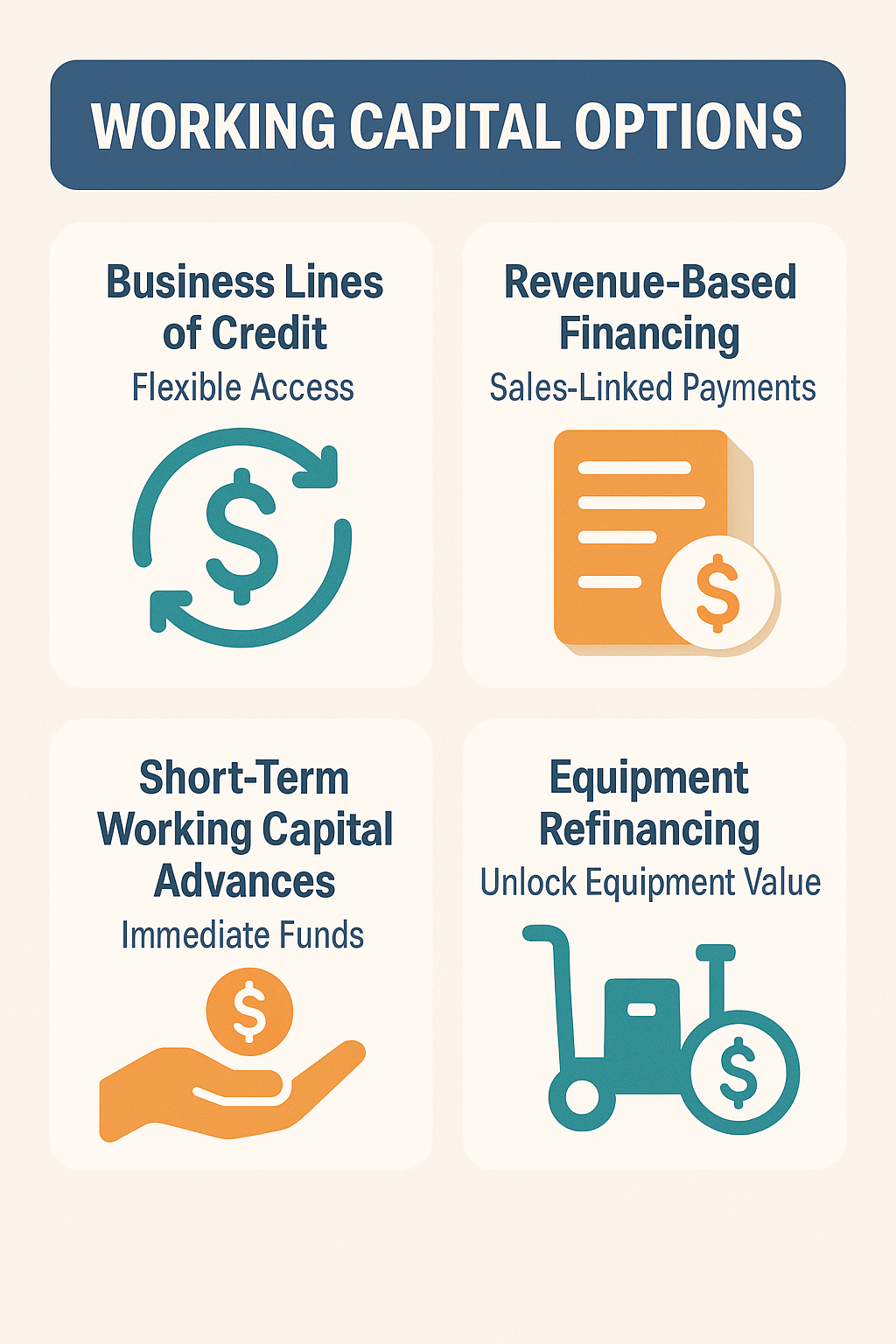Restaurant owners face predictable yet challenging periods when customer traffic drops significantly. Winter months often bring reduced foot traffic, creating liquidity concerns that can strain operations. Smart financing strategies may help bridge these seasonal gaps while maintaining operational continuity.
Common Questions About Seasonal Restaurant Financing
Q: What types of financing work best during slow dining months?
Working capital advances and business lines of credit typically offer the flexibility restaurants need during seasonal downturns. These options can cover essential expenses like payroll, rent, and supplies when revenue dips. Revenue-based financing might also provide a suitable solution since payments often adjust with your cash flow patterns.
Q: How early should restaurants prepare for winter slumps?
Planning ahead during profitable months gives you better financing options and terms. Many restaurant owners start exploring funding options in late summer or early fall, before the seasonal decline affects their cash flow and financial metrics.
Q: Can seasonal businesses qualify for traditional funding?
While traditional institutions may be cautious about seasonal businesses, alternative lenders often understand these cyclical patterns better. They may offer products specifically designed for businesses with predictable seasonal fluctuations.
Managing Cash Flow During Winter Slumps
Winter slumps affect restaurants differently depending on location, cuisine type, and customer base. Some establishments see dramatic drops in foot traffic during cold months, while others may experience more gradual declines. Understanding your specific seasonal patterns helps determine the right amount of funding needed.
Cash flow management during these periods requires careful balance. You need enough working capital to cover fixed costs like rent, utilities, and core staff wages, while avoiding excessive debt that could burden your business when sales recover. Many restaurants use this slower period for maintenance, training, or minor renovations that prepare them for busier seasons ahead.
The key to maintaining restaurant liquidity during slow dining months lies in matching your financing solution to your specific needs. Short-term funding might work for brief seasonal dips, while longer-term solutions could be necessary for extended winter periods. Consider how quickly you expect business to recover and choose financing terms accordingly.
Working Capital Solutions for Reduced Foot Traffic

- Business Lines of Credit: Access funds as needed and pay interest only on amounts used, providing flexibility during unpredictable slow periods
- Revenue-Based Financing: Payments that may adjust based on your sales volume, potentially offering relief during the lowest revenue months
- Short-Term Working Capital Advances: Quick access to funds for immediate expenses like payroll and inventory restocking
- Equipment Refinancing: Convert existing equipment value into working capital while retaining use of essential restaurant equipment
Maintaining Operational Continuity Through Seasonal Challenges
- Preserve Core Staff: Use funding to retain experienced employees who are difficult to replace, avoiding costly rehiring and retraining when business picks up
- Maintain Supplier Relationships: Keep essential vendor accounts current to ensure smooth inventory flow and preserve negotiated pricing terms
- Strategic Inventory Management: Balance reduced ordering with maintaining menu variety, using working capital to optimize stock levels
- Infrastructure Investment: Use slower periods for necessary repairs, upgrades, or deep cleaning projects that position your restaurant for stronger performance
Restaurant liquidity during slow dining months requires proactive planning and the right financing tools. By understanding your seasonal patterns and exploring appropriate funding options early, you can maintain operations through challenging periods. The goal is bridging temporary gaps while positioning your restaurant for success when customer traffic returns.

.png)






